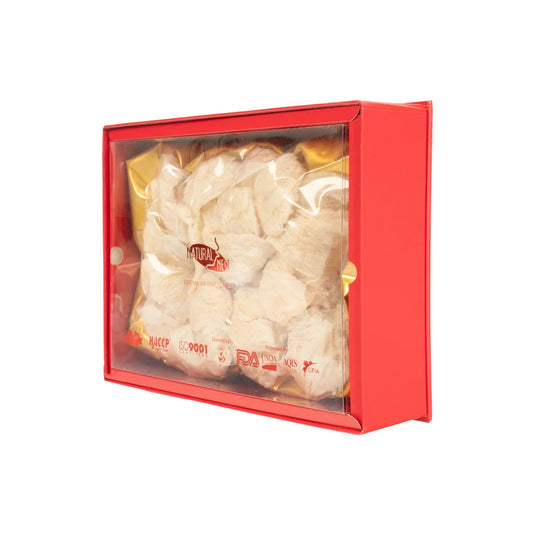The Lunar New Year, often referred to as the Spring Festival in China, marks the beginning of the traditional lunar calendar. It is a time of renewal, family unity, and cultural celebration that has been observed for centuries across East Asia, Southeast Asia, and beyond. While commonly associated with Chinese culture, countries like Vietnam, Korea, and Malaysia also have their unique ways of celebrating this auspicious occasion.
The Origins of Lunar New Year
The roots of Lunar New Year date back over 4,000 years to ancient China during the Shang Dynasty. Originally, it was a time to honor deities and ancestors while marking the end of winter and the start of the agricultural season. According to legend, a mythical beast called Nian terrorized villagers every year, destroying crops and homes. To protect themselves, people discovered that loud noises, firecrackers, and the color red could drive Nian away. This tale laid the foundation for many modern customs associated with the Lunar New Year.
Traditional Customs and Practices
Lunar New Year celebrations typically last for 15 days, starting with New Year’s Eve and culminating in the Lantern Festival. Preparations begin weeks in advance as families clean their homes to sweep away bad luck and make room for good fortune. Decorations such as red couplets, lanterns, and paper cutouts adorn homes and streets, symbolizing prosperity and happiness.
The reunion dinner on New Year’s Eve is a highlight of the festival. Families gather to enjoy an elaborate feast featuring symbolic dishes like dumplings for wealth, fish for abundance, and rice cakes for growth. Red envelopes (hongbao) filled with money are exchanged, especially with children, as a token of good fortune.
The Zodiac Connection
Each Lunar New Year is associated with one of the 12 animals in the Chinese zodiac, which operates on a 12-year cycle. These animals—Rat, Ox, Tiger, Rabbit, Dragon, Snake, Horse, Goat, Monkey, Rooster, Dog, and Pig—influence the personality traits and fortunes of individuals born under their sign. The zodiac also plays a role in determining auspicious dates and activities for the year.
Regional Variations
While the Lunar New Year is most prominently celebrated in China, other cultures bring their unique flavors to the festivities. In Vietnam, the holiday is known as Tết and involves making bánh chưng (sticky rice cakes) and honoring ancestors. In Korea, Seollal features traditional games, ancestral rituals, and the wearing of hanbok. Across Southeast Asia, lion dances, dragon parades, and vibrant street markets are integral to the celebration.
Global Significance
With the global diaspora of East Asian communities, the Lunar New Year has become a multicultural celebration recognized worldwide. Cities like San Francisco, Sydney, and London host grand parades and cultural performances, bringing people from diverse backgrounds together.
A Festival of Renewal
At its heart, the Lunar New Year is about renewal and hope. It’s a time to bid farewell to the past and welcome the future with optimism. The traditions, foods, and stories surrounding this festival carry deep cultural and spiritual significance, making it a cherished event for millions around the globe.
Whether you light firecrackers to chase away bad luck or share a meal with loved ones, the Lunar New Year is a reminder of the importance of family, resilience, and community. As the new lunar cycle begins, it offers a chance to embrace joy, prosperity, and fresh opportunities.












